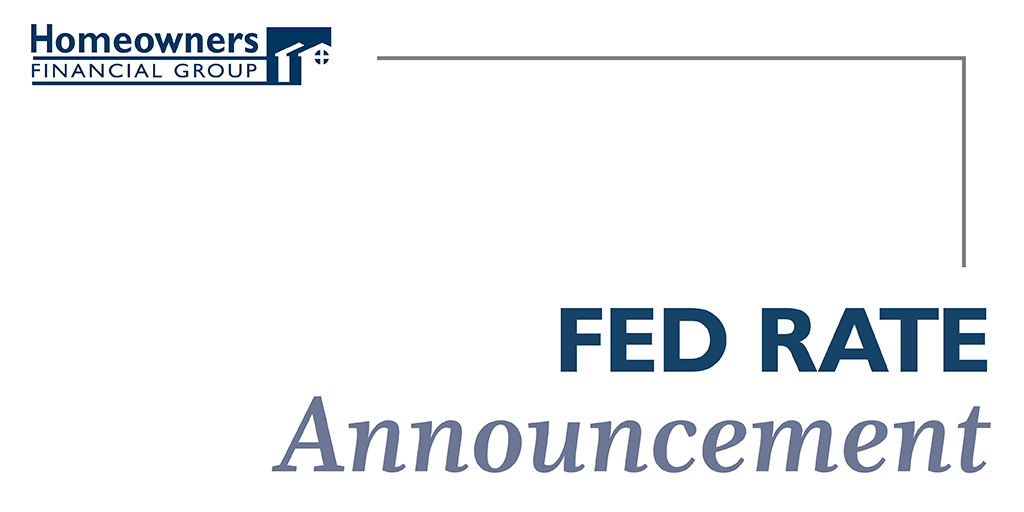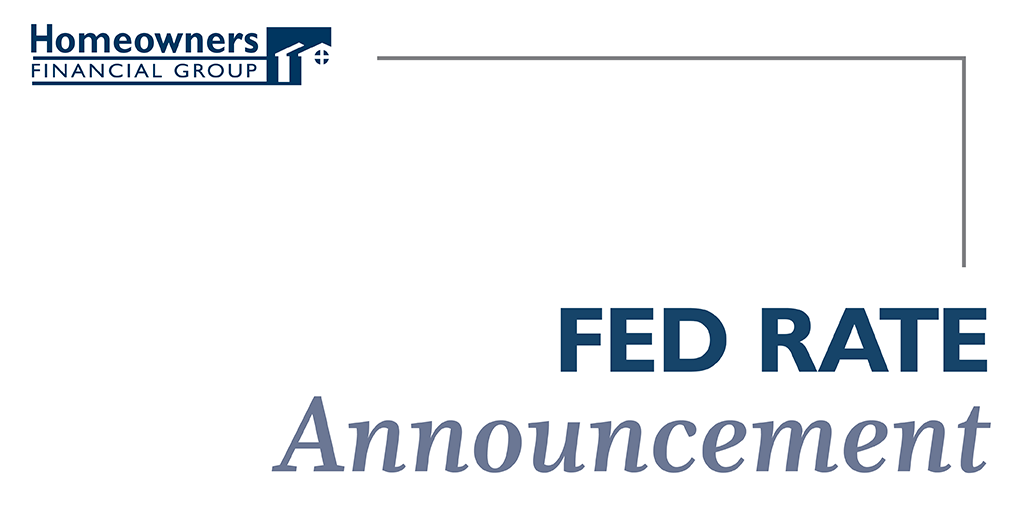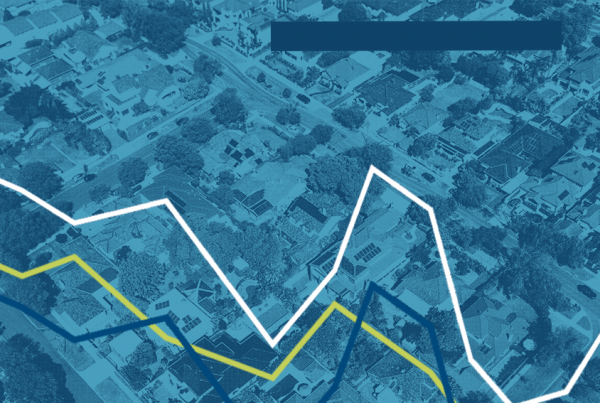
As expected, the Fed did not change policy rates at its most recent meeting. In a unanimous decision, the Fed voted to keep its federal funds rates close to zero and again said it would keep interest rates near zero until employment recovers and inflation picks up.
Who is the Fed?
The Federal Reserve Board (the Fed), controls the Fed Funds Rate and the Discount Rate. These are charges for overnight loans from bank to bank or from the Fed to member banks.
What does the Fed rate impact?
- It directly influences banks’ “prime rates,” which are often used to calculate interest on consumer products like credit cards, private student loans, and home equity lines of credit (HELOCs). Adjustable Rate Mortgages (ARMs) may be directly impacted as well.
- Fixed mortgages are typically based on long-term rates, which are not directly affected by Fed rate changes. However, Fed policy does influence mortgage rates, which can change in anticipation of future Fed action. There are exceptions, yet home loan rates will typically follow overall interest rate trends over time.
One more thing to know:
The central bank also kept the pace of its asset purchases steady at $120 billion per month. The Fed is buying $80 billion of Treasurys and $40 billion of asset-backed mortgage securities to keep financial markets operating smoothly.
What’s next?
Federal Reserve Chairman Jerome Powell said that it is likely the economy will need more assistance from the Fed and from Congress. He praised lawmakers for their earlier relief packages. The Fed “is committed to using our full range of tools to support the economy and help assure that the recovery from this difficult period will be as robust as possible,” Powell said.
How can I help?
As always, HFG will continue to monitor rates and provide updates on industry news. Please reach out to a Licensed Mortgage Professional near you if you would like to discuss your unique situation.




